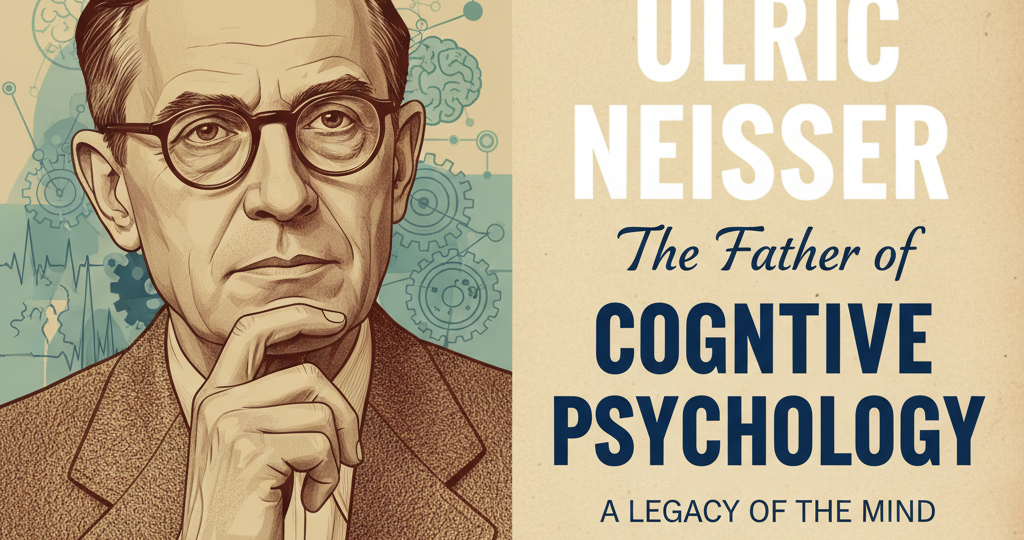
Before the 1960s, psychology was dominated by behaviorism — a school of thought that treated the mind like a black box. You could observe what went in (stimulus) and what came out (response), but the messy stuff in between? Off-limits. Then came Ulric Neisser, a sharp-minded psychologist who refused to ignore what made us human: our thoughts.
In 1967, Neisser published Cognitive Psychology, the book that literally gave the field its name. He argued that to understand behavior, we must understand the mental processes behind it — how people perceive, remember, and interpret the world. His work pulled psychology out of its purely mechanical view and into a more human one.
Neisser didn’t stop at theory. His later work on ecological memory showed how real-life events are remembered differently from lab-based experiments. He emphasized context, arguing that memory isn’t a perfect recording device but a reconstruction shaped by our environment, goals, and beliefs. This shift helped bridge the gap between sterile lab psychology and the vibrant messiness of everyday life.
Today, every time we talk about attention, perception, or memory in terms of mental processing — rather than simple stimulus-response behavior — we’re standing on the intellectual foundation Ulric Neisser built. He turned the mind from a mystery box into a system worth mapping.
RELATED POSTS
View all

